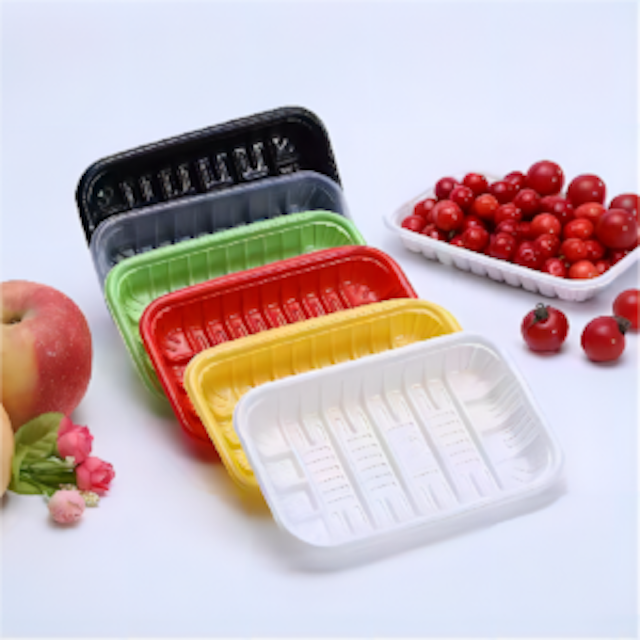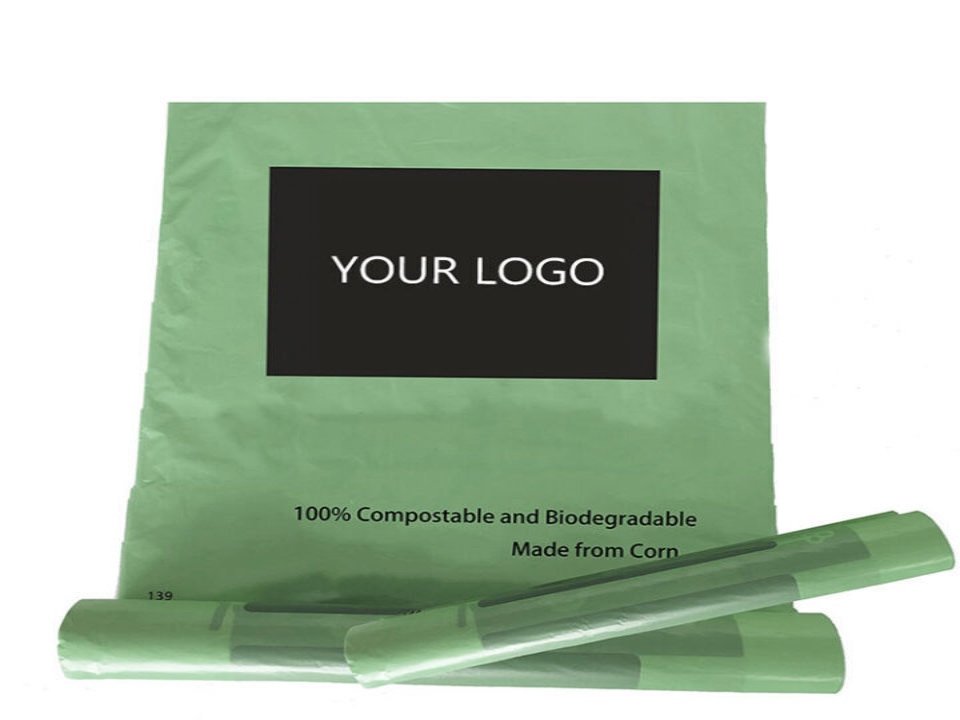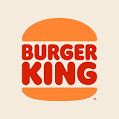Table of Contents
- Introduction
- The Rise of Eco-Friendly Packaging
- Understanding Biodegradable and Compostable Materials
- Benefits for Food Industry Stakeholders
- Challenges and Considerations
- Innovative Solutions in Green Packaging
- The Future of Sustainable Packaging
- Conclusion
- FAQs
Introduction
In recent years, the packaging industry has witnessed a significant shift towards more sustainable solutions. The boom in biodegradable and compostable packaging materials represents a pivotal change in how businesses approach their environmental responsibilities. This article explores the reasons behind this surge in eco-friendly packaging adoption, its impact on various sectors of the food industry, and the potential it holds for a greener future.
The Rise of Eco-Friendly Packaging
The escalating concern over environmental degradation has propelled the demand for sustainable packaging solutions to unprecedented heights. Consumers, increasingly aware of the ecological impact of their purchasing decisions, are actively seeking products packaged in materials that align with their values. This shift in consumer behavior has catalyzed a transformation within the packaging industry, compelling businesses to reevaluate their packaging strategies and embrace more environmentally responsible alternatives.
Biodegradable and compostable packaging materials have emerged as frontrunners in this green revolution. These innovative solutions offer a viable pathway to reduce the environmental footprint of packaging waste, addressing the urgent need to mitigate plastic pollution and landfill overflow. As a result, industries ranging from food service to retail are rapidly adopting these eco-friendly options, recognizing their potential to enhance brand image and meet evolving consumer expectations.

Understanding Biodegradable and Compostable Materials
To fully appreciate the significance of this trend, it’s crucial to understand the distinction between biodegradable and compostable materials. Biodegradable packaging is designed to break down naturally through biological processes, eventually returning to the environment without leaving harmful residues. This process can occur in various conditions, though the timeframe may vary significantly depending on environmental factors.
Compostable packaging, a subset of biodegradable materials, goes a step further. These materials are specifically engineered to decompose in composting conditions, typically within a defined period. When properly disposed of in industrial composting facilities, compostable packaging breaks down into nutrient-rich soil, contributing positively to the ecosystem.
Both biodegradable and compostable packaging options offer significant environmental benefits compared to traditional plastic packaging. They reduce reliance on fossil fuels, decrease greenhouse gas emissions associated with production and disposal, and minimize the accumulation of non-degradable waste in ecosystems.
Benefits for Food Industry Stakeholders
The adoption of biodegradable and compostable packaging presents numerous advantages for stakeholders across the food industry spectrum:
- Food Packers and Co-packers: By transitioning to eco-friendly packaging, these businesses can differentiate themselves in a competitive market, attracting environmentally conscious brands and consumers. The use of biodegradable materials also aligns with food safety standards, ensuring product integrity while reducing environmental impact.
- Produce Packers: Biodegradable packaging solutions are particularly beneficial for fresh produce, as they can extend shelf life while providing a natural, eco-friendly image that resonates with health-conscious consumers.
- Food Truck Vendors and Fast Food Restaurants: The adoption of compostable packaging for takeaway containers and utensils allows these businesses to reduce their environmental footprint significantly. This shift not only appeals to eco-conscious customers but also helps comply with increasingly stringent local regulations on single-use plastics.
- Supermarkets and Grocery Stores: Implementing biodegradable packaging for store-branded products and produce sections enables these retailers to showcase their commitment to sustainability. This strategy can enhance customer loyalty and attract a growing segment of environmentally aware shoppers.
By embracing these sustainable packaging solutions, businesses in the food industry can effectively communicate their environmental values, potentially leading to increased brand loyalty and market share.

Challenges and Considerations
While the benefits of biodegradable and compostable packaging are substantial, several challenges must be addressed for widespread adoption:
- Cost Implications: Currently, eco-friendly packaging options often come at a higher price point compared to traditional plastic alternatives. This cost differential can be a significant barrier, particularly for smaller businesses operating on tight margins.
- Performance and Durability: Ensuring that biodegradable packaging maintains the same level of performance as conventional materials, especially in terms of moisture resistance and shelf life, remains an ongoing challenge for manufacturers.
- Disposal Infrastructure: The effectiveness of compostable packaging relies heavily on proper disposal in industrial composting facilities. Many regions lack the necessary infrastructure to process these materials correctly, potentially negating their environmental benefits.
- Consumer Education: There’s a pressing need to educate consumers about the proper disposal methods for different types of eco-friendly packaging to maximize their environmental impact.
Addressing these challenges requires collaborative efforts from packaging manufacturers, businesses, policymakers, and consumers to create a supportive ecosystem for sustainable packaging solutions.
Innovative Solutions in Green Packaging
The surge in demand for eco-friendly packaging has spurred remarkable innovations in material science and design. Researchers and manufacturers are continuously developing new biodegradable and compostable materials that push the boundaries of sustainability without compromising functionality:
- Plant-Based Plastics: Derived from renewable resources such as corn starch or sugarcane, these materials offer a viable alternative to petroleum-based plastics while maintaining similar performance characteristics.
- Edible Packaging: Innovative solutions like seaweed-based films not only protect food products but can also be consumed or safely discarded without environmental harm.
- Mushroom Packaging: Utilizing mycelium (fungal roots) to create sturdy, compostable packaging materials represents a groundbreaking approach to sustainable packaging design.
- Recycled and Upcycled Materials: Advanced recycling technologies are enabling the creation of high-quality packaging materials from post-consumer waste, closing the loop on resource utilization.
These innovations demonstrate the industry’s commitment to finding creative solutions that meet both environmental and functional requirements, paving the way for a more sustainable future in packaging.
The Future of Sustainable Packaging
The trajectory of biodegradable and compostable packaging points towards a future where sustainable solutions become the norm rather than the exception. As technology advances and economies of scale are achieved, the cost-effectiveness of these materials is expected to improve, making them more accessible to businesses of all sizes.
Furthermore, the regulatory landscape is rapidly evolving, with many jurisdictions implementing policies that favor or mandate the use of eco-friendly packaging materials. This regulatory push, combined with growing consumer demand, is likely to accelerate the transition away from traditional plastic packaging across various industries.
The future also holds promise for enhanced recycling and composting infrastructure, which will be crucial in maximizing the benefits of biodegradable and compostable packaging. Investments in these areas will create a more robust circular economy, where packaging materials are efficiently returned to the ecosystem or repurposed into new products.

Conclusion
The boom in biodegradable and compostable packaging represents a significant step towards a more sustainable future. For businesses in the food industry, from produce packers to fast food chains, embracing these eco-friendly alternatives offers a unique opportunity to align with consumer values, comply with evolving regulations, and contribute to environmental preservation.
While challenges remain, the continuous innovation in materials and growing support from consumers and policymakers indicate a bright future for sustainable packaging. By investing in biodegradable and compostable solutions, businesses not only reduce their environmental impact but also position themselves as leaders in the green economy.
As we move forward, the collaboration between industry stakeholders, researchers, and policymakers will be crucial in overcoming existing barriers and fully realizing the potential of biodegradable and compostable packaging. The journey towards sustainability is ongoing, but the current boom in eco-friendly packaging solutions marks a significant milestone in our collective effort to create a cleaner, greener planet for future generations.
FAQs
Can biodegradable packaging maintain food freshness as effectively as traditional packaging? Many biodegradable options now offer comparable performance to traditional packaging. Ongoing research continues to improve their effectiveness in preserving food quality and extending shelf life
What’s the difference between biodegradable and compostable packaging? Biodegradable packaging breaks down naturally in the environment, while compostable packaging is designed to decompose in specific composting conditions, often more quickly and completely.
Are biodegradable plastics better for the environment than regular plastics? Generally, yes. Biodegradable plastics reduce long-term pollution and dependence on fossil fuels, though their benefits are maximized when properly disposed of.
How can businesses transition to eco-friendly packaging cost-effectively? Start by gradually incorporating sustainable options, focusing on high-impact areas first. Collaborate with suppliers to find innovative, cost-effective solutions and consider the long-term benefits of improved brand image.
What role do consumers play in the success of biodegradable packaging initiatives? Consumers drive demand for sustainable products and are crucial in proper disposal practices. Education and clear labeling can help consumers make informed choices and dispose of packaging correctly.







